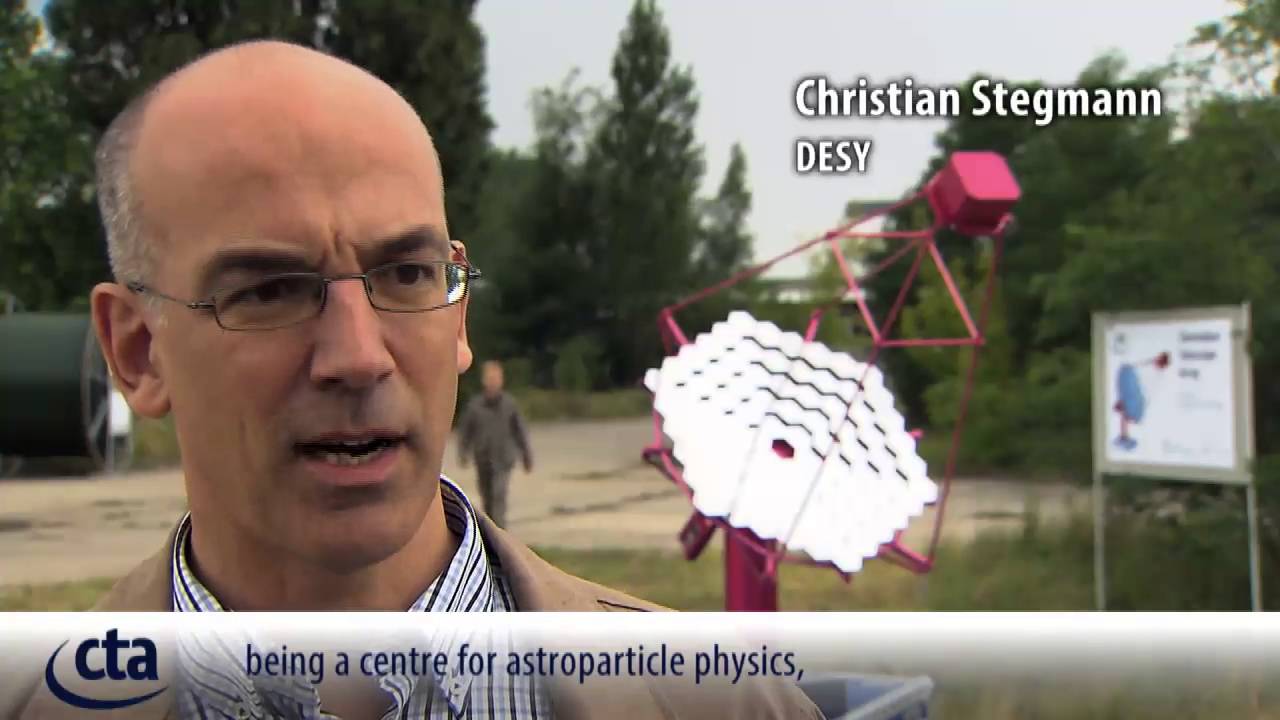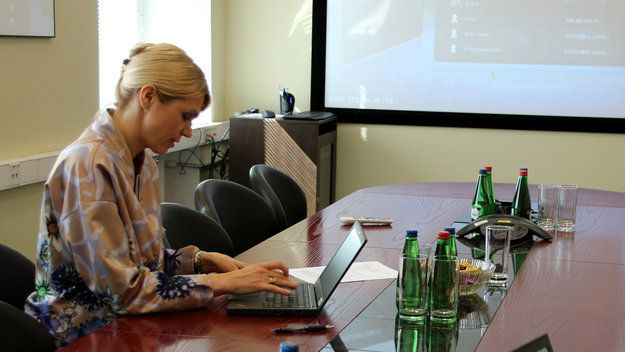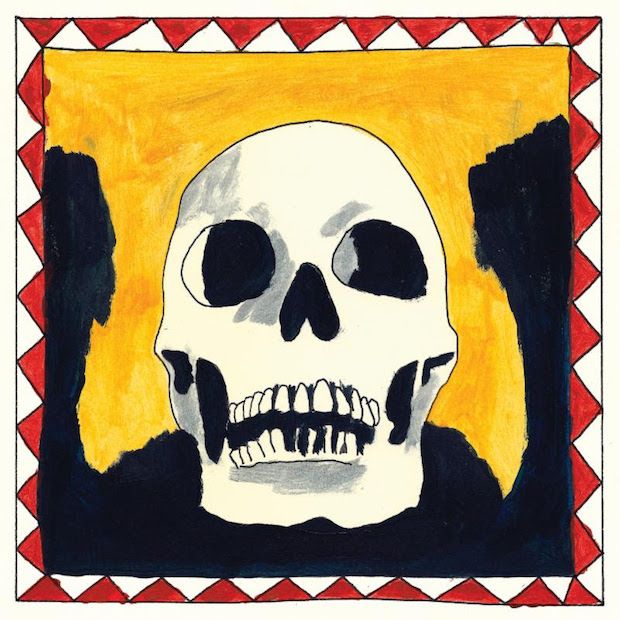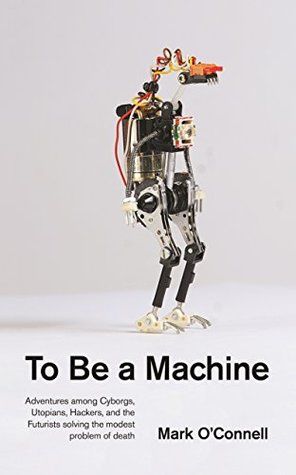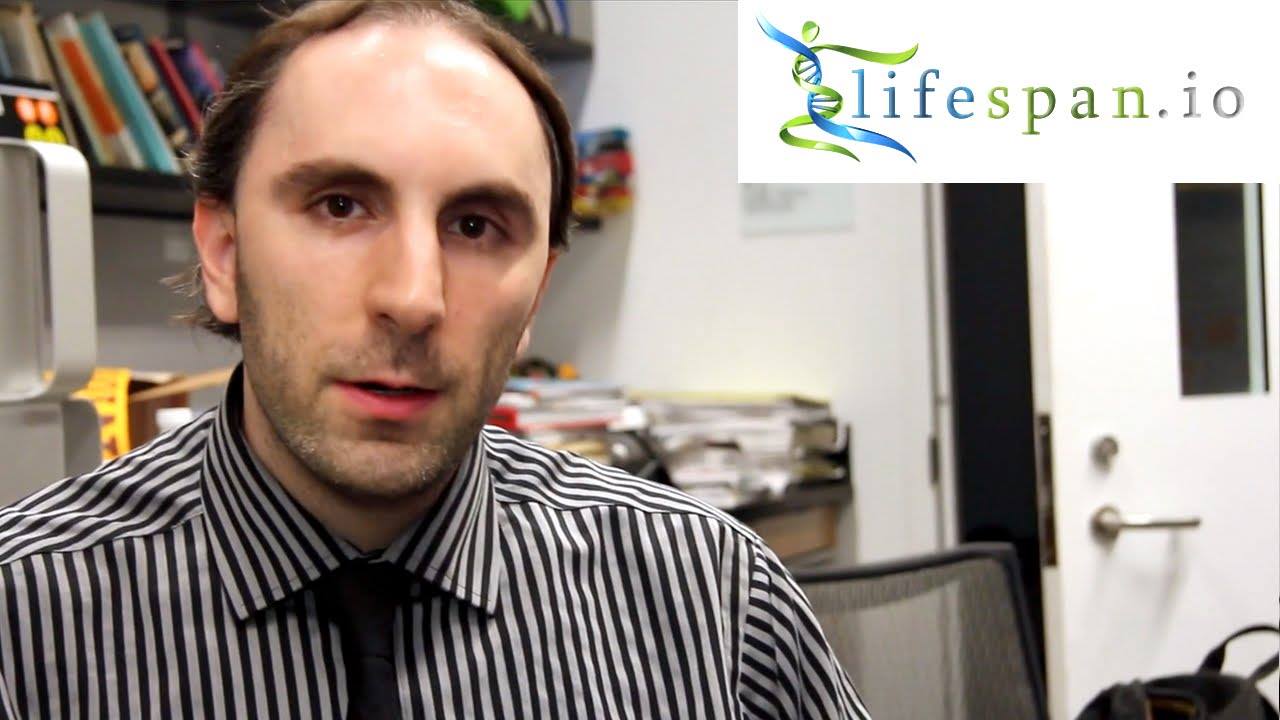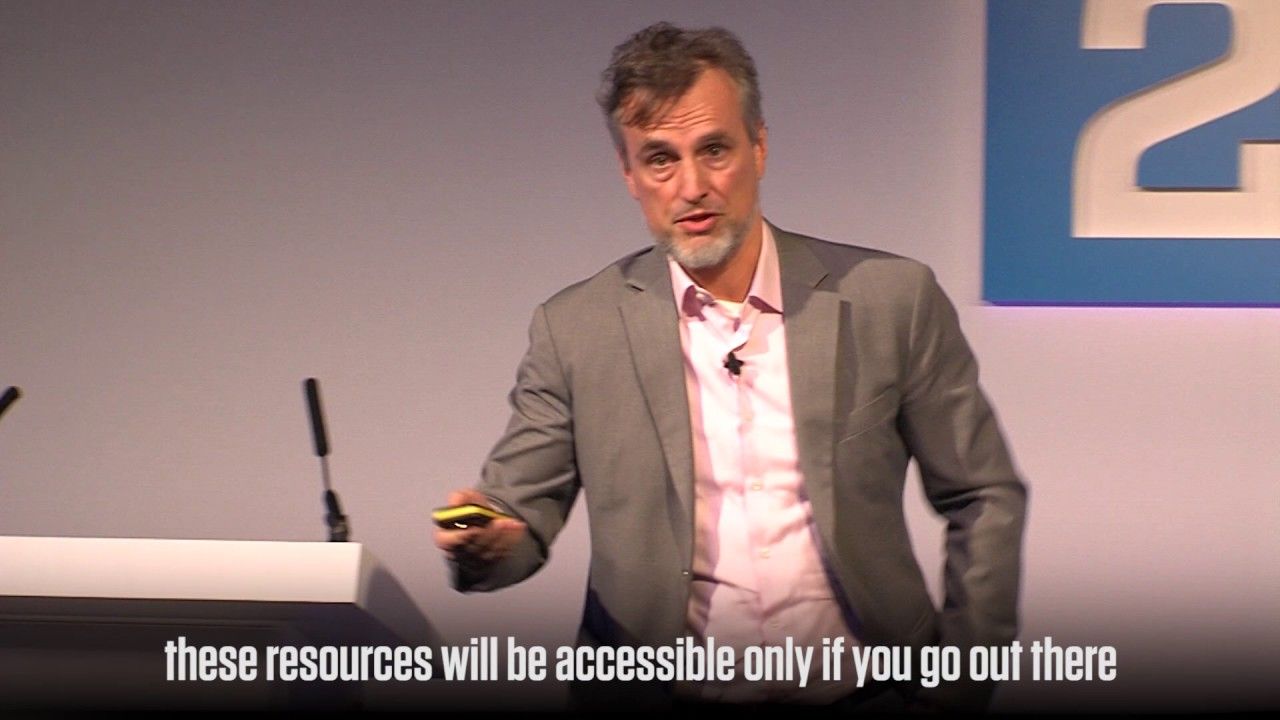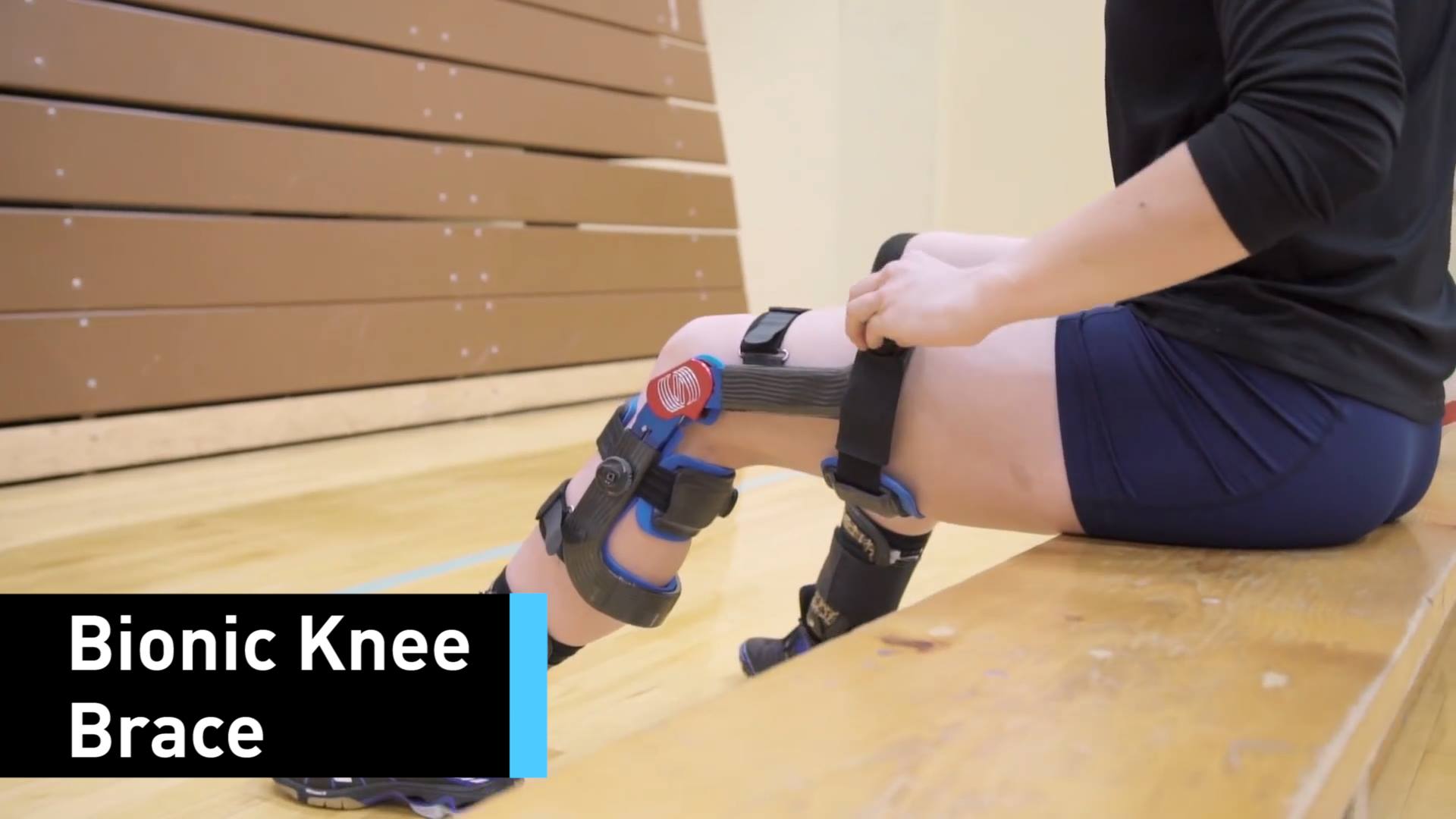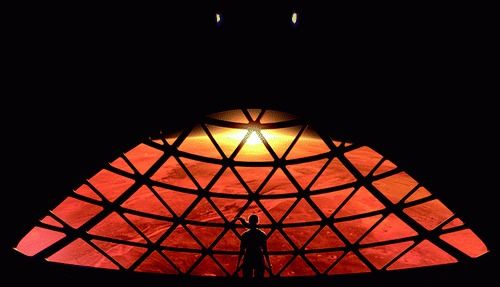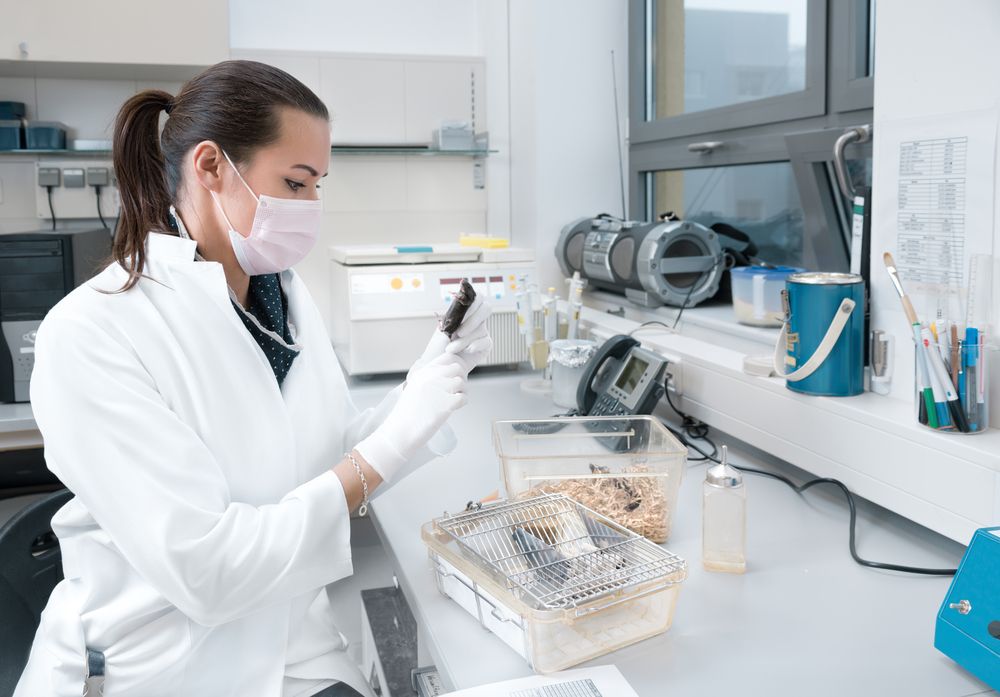Drones. Drone is a word you see pretty often in today’s pop culture. But drones seem to be an extremely diverse species. Even flightless vehicles are occasionally referred to as drones. So what exactly is a drone?
In this video series, the Galactic Public Archives takes bite-sized looks at a variety of terms, technologies, and ideas that are likely to be prominent in the future. Terms are regularly changing and being redefined with the passing of time. With constant breakthroughs and the development of new technology and other resources, we seek to define what these things are and how they will impact our future.

